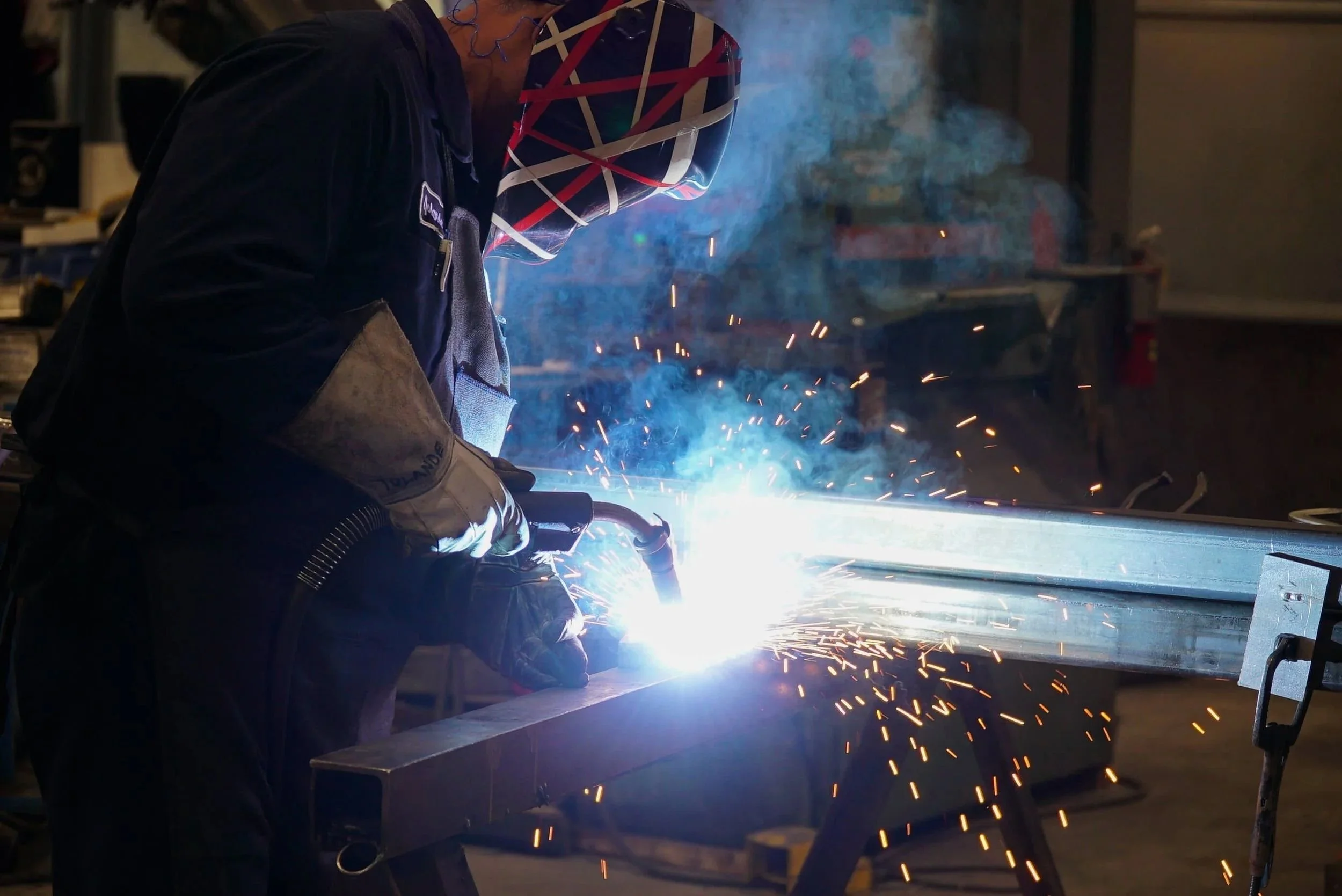The Three Layers of Holistic Wayfinding Design
By Susmita Srinivasan
Architecture, Fabrication, and Wayfinding may seem like separate disciplines, but together they form a layered approach to creating spaces that truly serve people. When these elements align, design becomes more than form or function — it becomes experience.
Architecture: Designing for Human Experience
Architecture is about more than iconic shapes or structures. It is a system for human interaction, shaping how we move, connect, and orient ourselves. It teaches us to think in layers — spatial, social, and sensory — to create environments that support life in all its complexity.
Fabrication: Turning Ideas into Reality
Design is only as strong as its ability to be built. Fabrication grounds vision in material reality, where details like visibility, durability, and usability matter. Fasteners, finishes, and fabrication methods transform drawings into structures people rely on daily. Fabrication ensures design is not just imagined but lived.
Wayfinding: Bridging Space and People
Wayfinding sits at the intersection of architecture and fabrication. It is about clarity, accessibility, and empathy — how people interpret environments and gain confidence in moving through them. Wayfinding connects the big picture with the smallest detail, ensuring design not only stands but also serves.
When these three layers converge, design becomes holistic: thoughtful, buildable, and human-centered.
The Personal Journey
For me, this framework isn’t theoretical — it’s lived. I began in architecture, drawn to how environments shape behavior. I then immersed myself in manufacturing, learning to respect the precision and craft of bringing ideas to life. Today, as a wayfinding consultant, I work where vision meets implementation and where human experience is the true measure of success.
What once felt like separate paths now feels like a continuum. Architecture taught me to think holistically. Fabrication taught me to think practically. Wayfinding taught me to think empathetically.
Together, these layers — professional and personal — form the foundation of my design philosophy: systems that guide, serve, and help people feel seen.

